Follow these dog park etiquette rules to ensure it stays a fun—and safe—space for you and your pooch
15 Dog Park Etiquette Rules Everyone Should Follow
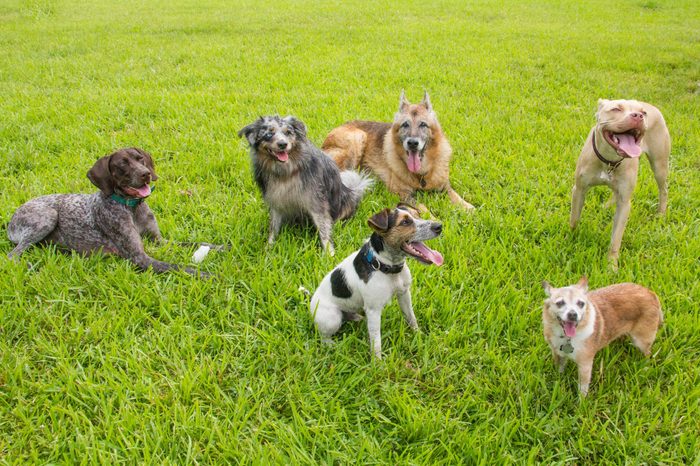
Dog park etiquette rules for pup parents to know
Taking your dog on a fun trip to the dog park has numerous benefits for your four-legged best pal, including a healthy boost of socialization and exercise. You’ll find large dogs that love to run to fluffy dogs that can’t help but roll around in the grass. Talk about some adorable characters! As great as the dog park sounds, there are a couple of things to keep in mind, including your own dog’s behavior (more on that later) and, of course, the dog park etiquette rules both you and Fido need to know.
Being aware of these dog etiquette rules will help keep everyone at the park safe and happy, ensuring a pawsitively wonderful experience. That’s why we spoke with senior dog trainer Corinne Fritzell and experienced canine behaviorist Tabytha McConnell to round up some of the most common dog park manners your pup should follow.
So, keep reading for all of the dog park etiquette rules to remember before you head out with your pup, ensuring you both are kind and courteous guests.
Get Reader’s Digest’s Read Up newsletter for more pet insights, humor, cleaning, travel, tech and fun facts all week long.

Know the fees and requirements before you go
Most dog parks require dogs to be licensed (with tags and a collar) and fully vaccinated, says McConnell. Depending on where you live, expect to pay anywhere from $10 to $20 a year for the license, although it can be more if your dog isn’t spayed or neutered.
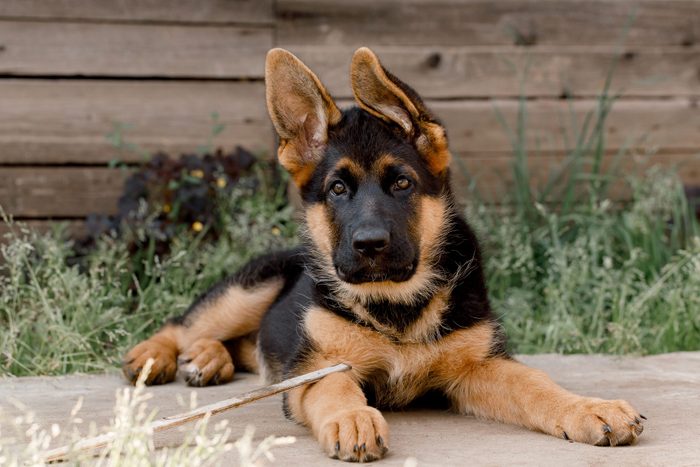
Don’t take a puppy
There are several reasons not to take your puppy to the dog park, with the primary one being that the puppy isn’t fully vaccinated. It’s also a good idea to become familiar with your puppy’s social skills before you head to a park.
“While young puppies should socialize with dogs of different sizes and ages, it’s safest to do this through one-on-one interactions or puppy socialization classes,” says Fritzell. McConnell recommends waiting until your puppy is at least 9 months old.
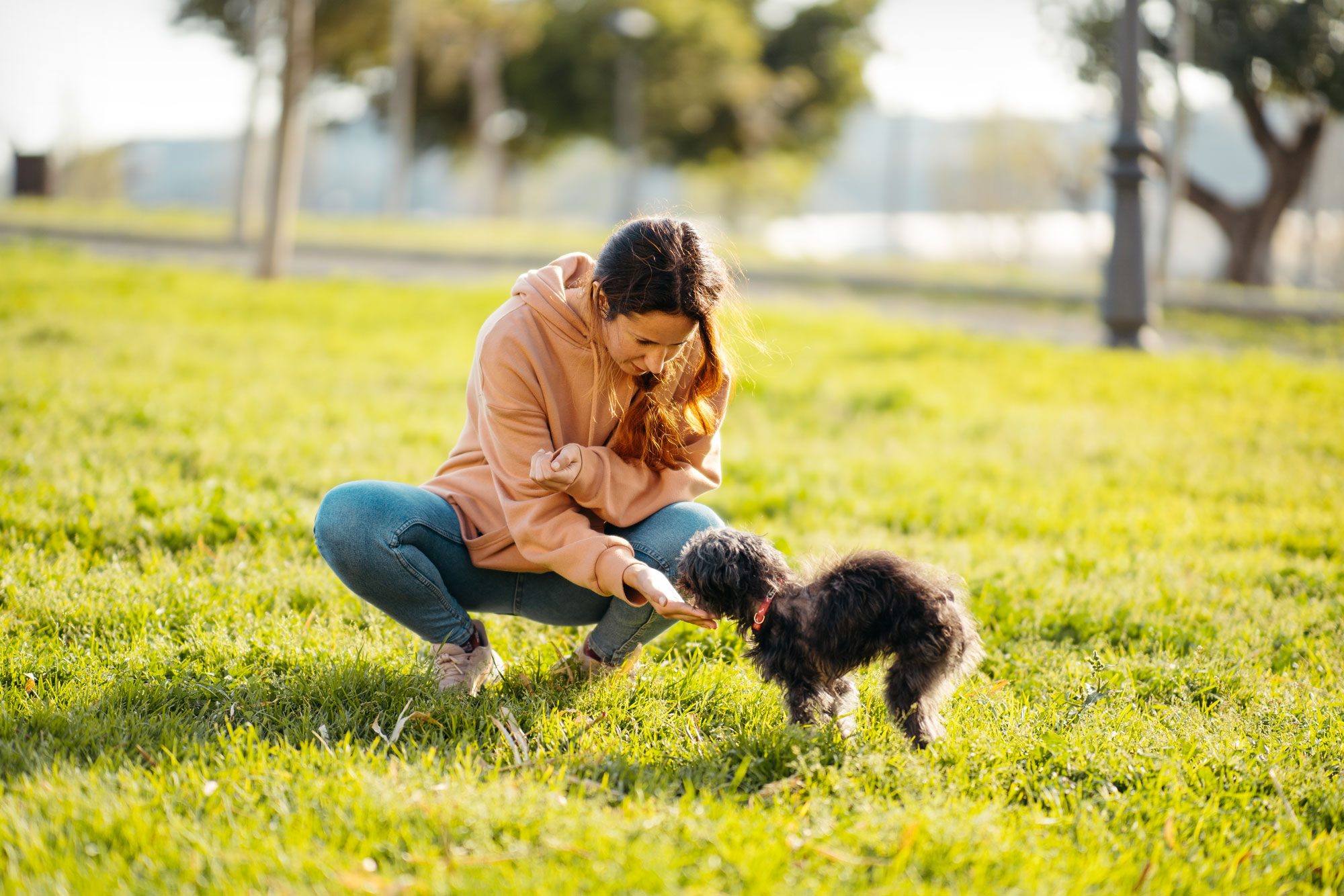
Know your dog’s personality before taking them to the dog park
Dog parks can be fun for our furry pals, but they can also pose challenges—and your dog needs to be capable of handling them. To practice safe dog park etiquette, check your dog’s capability by watching how well they do in new situations. This is especially key if you’ve recently adopted an adult dog.
McConnell suggests having your dog interact with other pooches, either on walks or playdates. If your pup shows any reactivity like barking, teeth-baring or growling, he’s not ready for the park. Also, if your dog gets overexcited, this could cause another dog to react, which could lead to a fight. If you have a shy dog, you don’t want to make them more fearful or stressed by bringing them to the park.
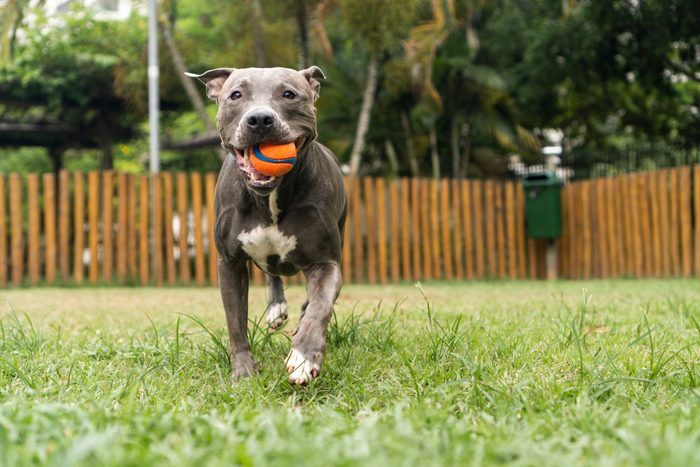
Know the rules of the dog park
Every park has different dog park etiquette rules, so read them before you go. Some, for instance, may not allow you to bring your dog’s toys or treats, as it could cause issues with other dogs, McConnell says. They may also have rules for pet owners, like not allowing children under a certain age in the park and not permitting smoking on the premises.
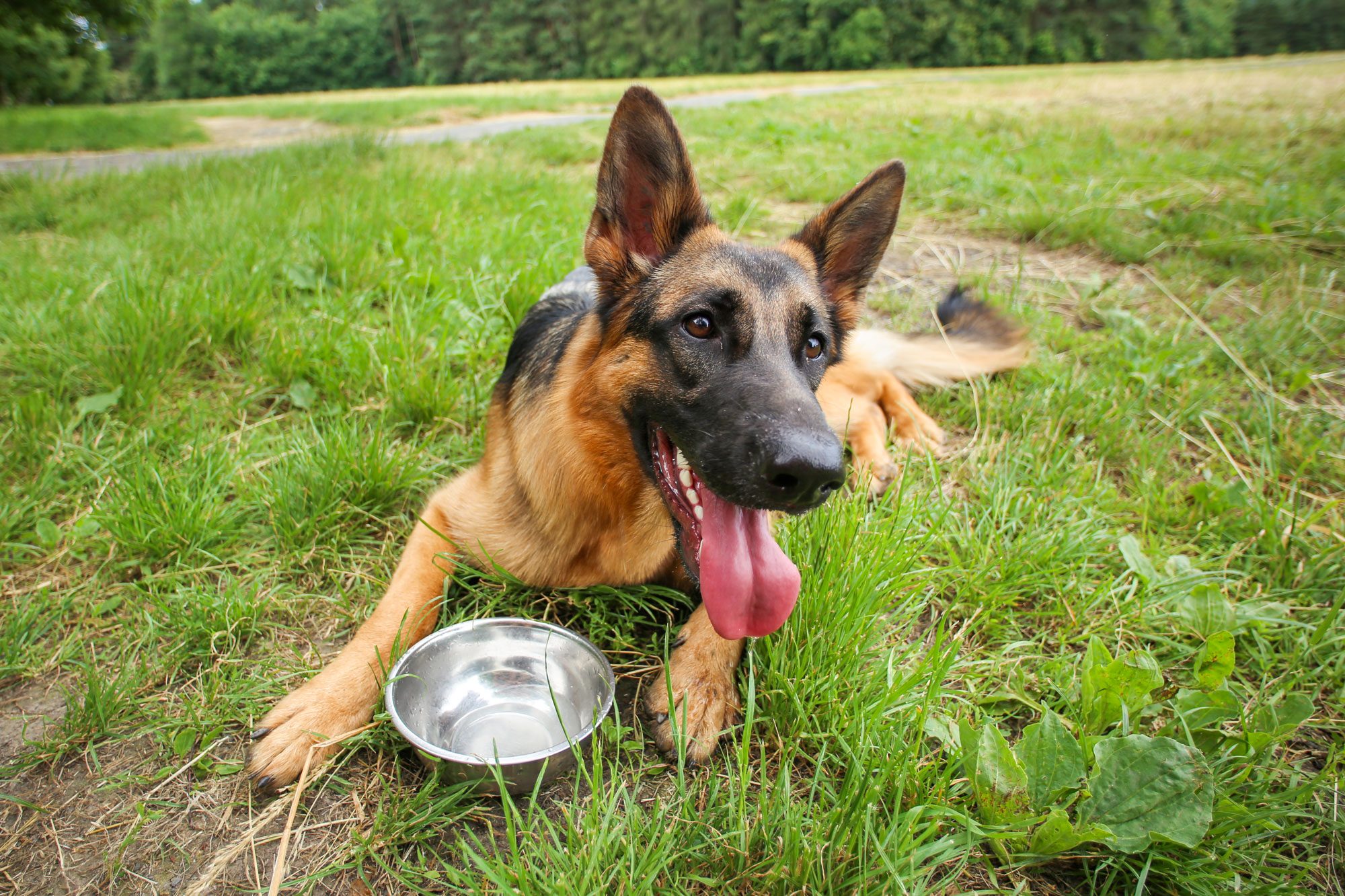
Bring water
Pack water and a bowl (or even a portable dog water bottle) so your dog has access to clean water. Along with keeping your pup hydrated, you’ll give your dog a chance to touch base with you. “It encourages your dog to take breaks and check in with you during their playtime,” Fritzell says. Also, the water facilities in parks are an excellent way for dogs to pass around illnesses like kennel cough, adds McConnell.

Don’t give treats to other dogs
If the park does allow treats, give them at appropriate times and only to your dog. One of the most important dog park etiquette rules is to not hand out treats in the presence of unfamiliar dogs, as it could lead to aggression and guarding, Fritzell says. Plus, some dogs may have food allergies. And while you may occasionally spoil your pooch with human snacks, there are some common foods dogs shouldn’t eat, no matter where they are.

Keep your first visit short and sweet
You want your dog to have positive associations with the dog park, which is why it’s best to keep that first visit short. Go at a time when the park is quieter, and let your dog get used to the setting. If there are other calm dogs around and your pup is interested, let them casually interact, McConnell says.

Always (and we mean always) pick up your dog’s poop
This dog park etiquette rule should be a no-brainer no matter where you are. “Beyond being a courteous and respectful gesture, picking up after your dog also prevents the spread of common bacteria and parasites,” Fritzell says. Many dog parks provide dog poop bags, but it’s best to pack your own, just in case they run out.
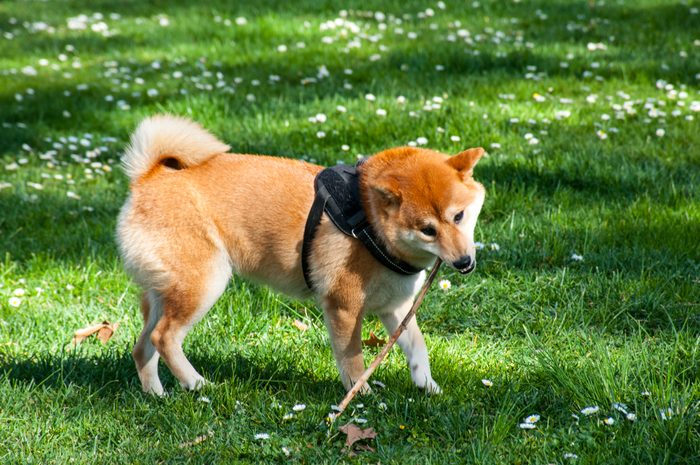
Don’t ignore your dog
Making friends with other dog owners is a big perk of the dog park, but keep a sharp eye on your pooch at the same time. Also, if you see a lot of people standing around and talking or even just looking at their phones, proceed with caution.
“They could be missing warning signs that play is getting too rambunctious or specific dogs might not be getting along,” Fritzell says. Also, if you see somebody bringing in several dogs, you may want to skip the park until they leave, as it’s difficult to watch the behavior of so many dogs at once.

Don’t wait to remove an uncomfortable pooch
Always pay attention to where your dog is, how your dog is behaving and which dogs (and people) your dog is playing with. If your dog seems uncomfortable or overexcited, she’s getting chased by another dog or she’s simply not enjoying the park, leave promptly so that nothing bad happens, McConnell says. Do the same if your dog is being aggressive or getting too wound up.
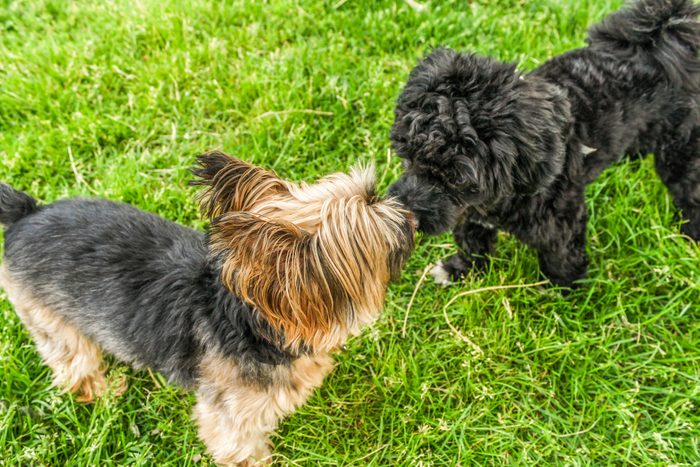
Respond to your dog’s body language
To help identify if your dog is enjoying the experience, focus on their body language, namely posture. Look for a relaxed body language like a loosely wagging tail, no physical tension and maybe even a play bow. Signs that indicate a scared or uncomfortable dog include a low or tucked tail, raised hair, hunched back, crouching close to the ground and ears pinned back. Fearful dogs might also pull back their lips and show teeth with a snarl, or hide behind someone they trust.
If you see these behaviors in your dog or other dogs, take a break from the park and try again another time, or consult a certified professional dog trainer for guidance, Fritzell adds.
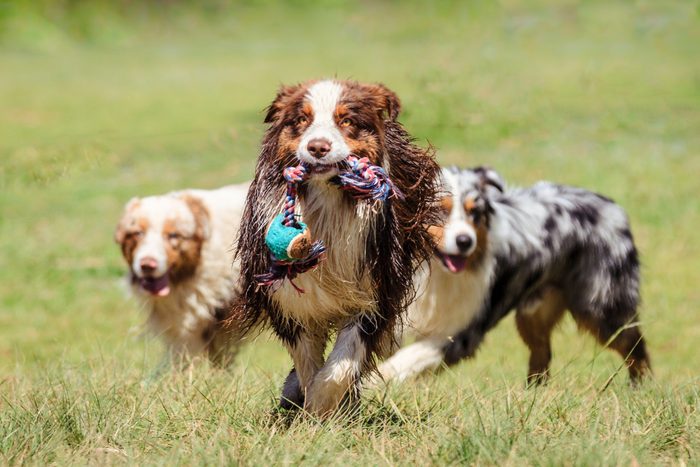
Avoid the 3 Ps: packing, possession, provoking
When gauging if your dog is doing OK at the park, three variables can come into play: The first is “packing,” which is when multiple dogs are together. “While we want our dogs to play, we want to make sure they’re not packing, as it can be intimidating to other dogs that aren’t part of the pack,” McConnell says. Dogs can also become very excited in a pack, and that could lead to fights. If packing is happening, lead your dog away to a more neutral area.
Possession is the next one: If your dog is possessive or protective of you, or of a stick, then any dog or person who approaches could cause your dog to react badly. Finally, if your dog is provoking (consistently going after other dogs or causing trouble), it’s a good sign your pup is too excited and should leave.
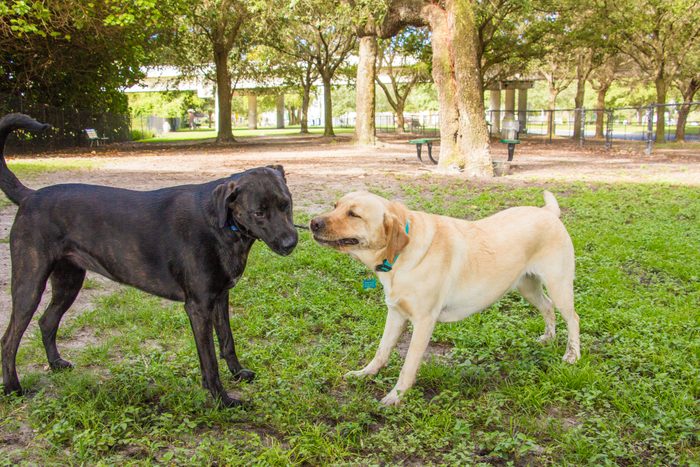
Don’t interrupt positive play
If your dog loves to play with other dogs, be encouraging of this positive, healthy behavior. Just keep an eye on the play so you can spot and prevent any issues from happening. Well-mannered play includes bouncy movements, play bows and taking turns while wrestling, Fritzell says. If you see excessive barking or stiff body language and raised fur on any of the dogs at the park, that means things probably aren’t going too well, and you should take your dog out of the situation as a precaution.
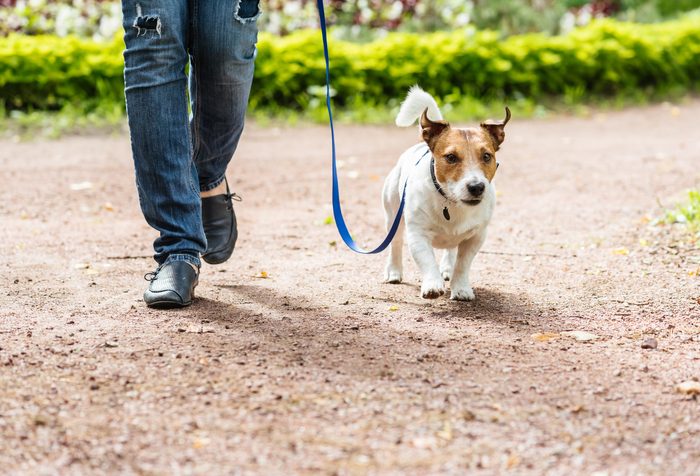
Don’t keep your pup on a leash
Although you should leash your dog while walking to the park, never leave that leash on your dog once you’re in the enclosure. “The presence of a leash can be a major stressor,” says Fritzell. “It prevents them from moving away from other animals and can result in a feeling of being trapped, which can lead to aggressive or defensive behavior.”
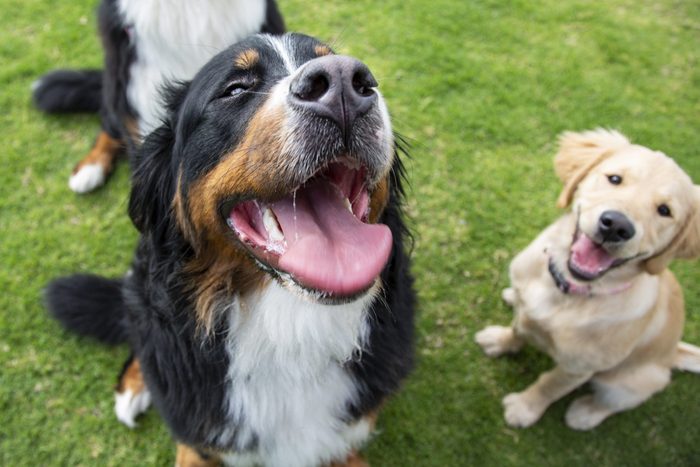
Accept that the park isn’t for everybody
Some dogs are easier to train than others, making dog park etiquette difficult for some. So, if you’ve got a pup that doesn’t do well at the park or prefers not to be around other dogs, no worries. “Each animal is different, and some will enjoy it more than others,” Fritzell says. Go for a hike in a remote area or walk along a new route instead.
About the experts
|
Why trust us
Reader’s Digest has published hundreds of etiquette stories that help readers navigate communication in a changing world. We regularly cover topics such as the best messages to send for any occasion, polite habits that aren’t as polite as they seem, email and texting etiquette, business etiquette, tipping etiquette, travel etiquette and more. We’re committed to producing high-quality content by writers with expertise and experience in their field in consultation with relevant, qualified experts. We rely on reputable primary sources, including government and professional organizations and academic institutions as well as our writers’ personal experience where appropriate. For this piece on dog park etiquette, Karen Asp tapped her experience as an award-winning journalist who frequently writes about animals and also volunteers for dog-rescue organizations. Then Laura Windsor, a U.K.-based etiquette expert who was trained by a member of Queen Elizabeth II’s household and now advises international royals, celebrities and regular people, gave it a rigorous review to ensure that all information is accurate and offers the best possible advice to readers. Read more about our team, our contributors and our editorial policies.
Sources:
- Corinne Fritzell, certified behavior consultant and senior dog trainer at Shelby Semel Dog Training in New York City
- Tabytha McConnell, past general manager and trainer at Zoom Room Dog Training in Redondo Beach, California





















